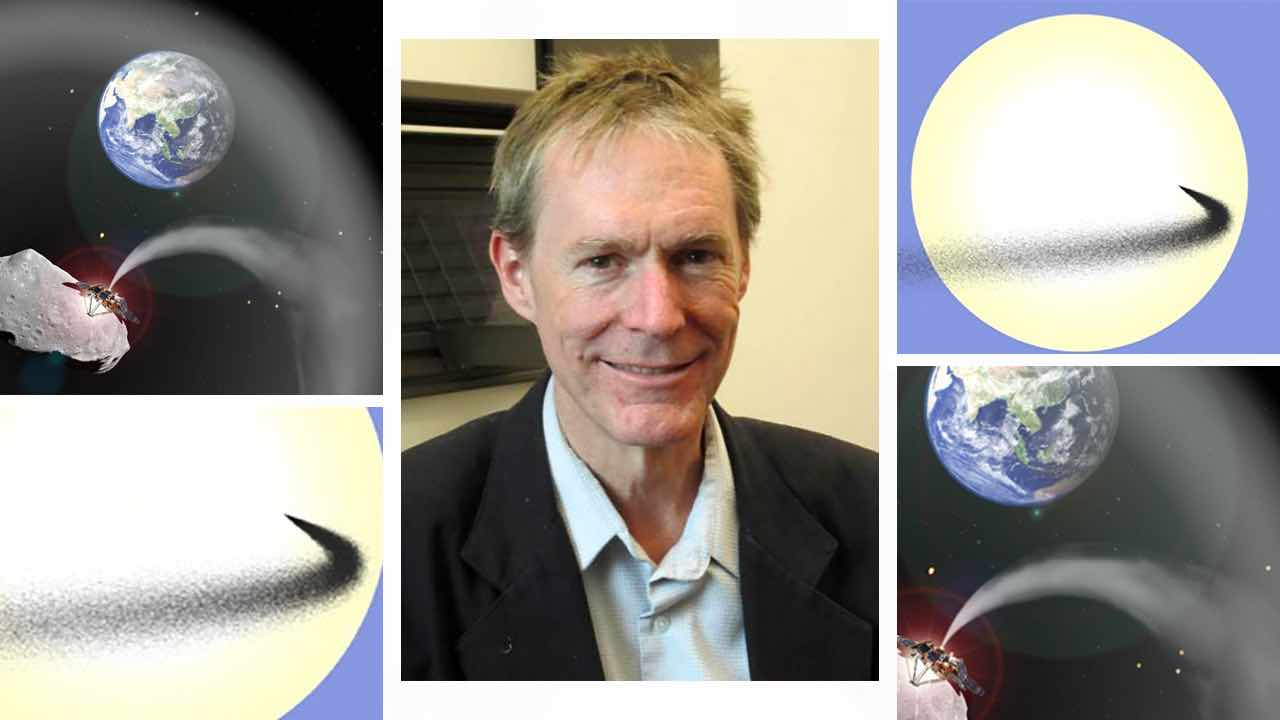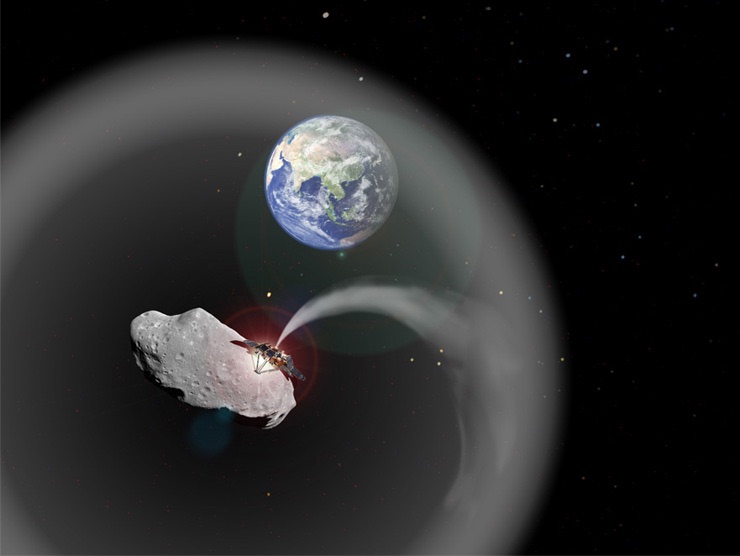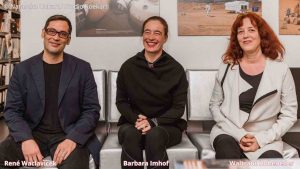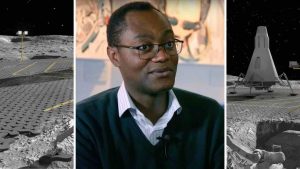
Benjamin C. Bromley - kosmomagazine.it
We metBenjamin C. Bromley, Professor of Physics and Astronomy at The University of Utah inSalt Lake City (Utah, USA). He is the lead author of research conducted by astronomers at the Center for Astrophysics | Harvard & Smithsonian and The University of Utah, who propose using lunar dust or cosmic dust as a sun shield. In other words, their idea is to bring lunar dust between the Earth and the Sun, with the aim of decreasing the solar radiation that reaches the Earth and, at the same time, lowering the temperature of our planet to combat climate change.
To read the official article of the research, published on Plos Climate journal, click HERE.
Your research has the objective to take the cosmic dust and place it between Sun and Earth, to decrease the solar irradiance at Earth. According to your calculations, how much cosmic dust would it take to realize this idea?
To provide the target attenuation of 1.8% of the Sun’s energy, tens of millions of tons of cosmic (lunar or asteroidal) dust would be required. We looked at ways to reduce that amount, and found some promising candidates (e.g., coal, glass fibers), but millions of tons remains the best estimate. For context, this amount of dust is comparable to the annual output of an open pit mine on Earth, and would fill a sports stadium.
Would cosmic dust be able to stay in Earth’s orbit, or would it be pulled by the gravity of the Sun and other planets?
Great question. The dust orbits we considered only temporarily provide shade for Earth, mainly because they are not stable–the balance of gravitational forces to keep dust grains in place is fragile, and there is radiation from the sun that further sweeps grains away. The gravity of the Sun and Earth, and eventually the other planets, ends up dispersing dust throughout the solar system, contributing only a tiny fraction of the interplanetary dust in the solar system.

Credits: Charlotte Lücking, based on images from ESA and NASA
Another idea consists in ballistically eject dust grains from the Moon’s surface on a free trajectory toward L1. How fast should they be launched from the lunar surface? How long would the dust cloud stay between the Sun and the Earth?
The launch speeds from the lunar surface are roughly 1.5 km/s, over 5000 km/h. The launch mechanism would likely have to be electromagnetic, like a rail gun. Devices capable of achieving the required speed have been built on Earth, and there are proposed technologies that could be deployed on the Moon. For all this effort, individual dust grains only persist for days before they are deflected by pressure from sunlight. Replenishment is essential, which is included in our estimate of the total mass.
If you could make this idea come true, what would the temperature of the Earth be? Would the Earth get colder?
Since I am not a climate scientist, I would not be able to speculate on the detailed impact if the idea were realized. The 1.8% attenuation level comes from expert consideration of what would help stem climate change. In my unexpert opinion, I expect that Earth would not get significantly colder on average, but could be prevented from getting significantly warmer–our idea could constitute only a temporary reprieve from the effects of climate change, and is not a long-term solution. That solution must come from hard work here at home to reduce greenhouse gas emission.
How was your passion for Astrophysics born? What do you like most of your job?
Thanks for asking, no one else has! My first project in astrophysics, when I was an undergraduate, was to look at data from an X-ray satellite, exploring conditions in a hot, expanding shell of gas from a star that had exploded. From just a small amount of information, I learned we could infer a great deal about thenstar that exploded and its environment. It felt like being a detective, looking at subtle clues in the vastness of space. That experience was the source of my passion.
I really like learning about the richness of the universe we live in by studying exotic things far away—distant planets, fast-moving stars and even black holes. Astrophysics, at its heart, is exploration, which helps us understand and expand our world. As our own work illustrates, there may be even more direct ties between astrophysics and what happens here at home.



